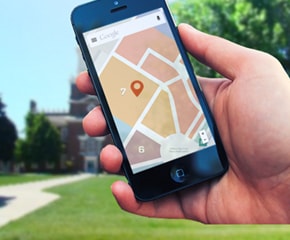
National Historic Vehicle Register
Daily Activities at National Historic Vehicle Register
While there are no scheduled activities today, be sure to see our complete activities listing for upcoming offerings.
Explore a rotating collection of culturally significant vehicles from the National Historic Vehicle Register, powered by the Hagerty Drivers Foundation, at Henry Ford Museum of American Innovation.
The National Historic Vehicle Register was created in 2013 in partnership with the U.S. Department of the Interior’s Historic American Engineering Record. The register is a thorough record of the nation’s most significant vehicles based on the association of four criteria at a national, regional or local level. Archived in the Historic American Engineering Record at the Library of Congress to ensure the perpetuity of our automotive past, the register has four major components:
- Written histories detailing significant provenance and condition
- Detailed photography
- 3D scanning
- Documentary videos
How are 3D scans of each vehicle on the National Historic Vehicle Register created? Watch this clip from The Henry Ford's Innovation Nation to find out.
Learn More
Current Featured Vehicle:
1967 Dodge Deora
Added to the National Historic Vehicle Register: 2024
In the 1960s two brothers from Detroit, Mike and Larry Alexander, took a basic Dodge truck and built this wildly customized vehicle known as the Deora. Famed car designer Harry Bentley Bradley crafted the design for the brothers. The build became legendary when AMT® models immortalized the creation in a best-selling DIY model kit.
The Alexander brothers debuted the Deora at the 1967 Detroit Autorama where it took the coveted Ridler Award. Dodge, impressed with the custom's popularity, leased the Deora and used it at auto shows as a promotional vehicle.
The Deora's place in history was cemented in 1968 with the release of Mattel's® popular Hot Wheels® line that featured a micro-size version of the Deora.
Almost 60 years later, the design has been re-created numerous times and has found its way to the toyboxes of generations of kids and car lovers alike. It is among America's most famous "show cars."
Photos provided courtesy of The Hagerty Drivers Foundation.




